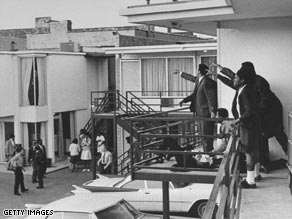Add Supervolcanoes to List of Homeland Security Threats

A giant magma pool sits underneath Yellowstone National Park, threatening to erupt on a monumental scale, and now it seems the U.S. could harbor a second such supervolcano in a place that erupted just moments ago geologically speaking.
You guessed it. Mount St. Helens.
A research team led by Graham Hill from GNS Science in New Zealand made the startling discovery while scanning the volcanic region with a technique called magnetotellurics-measuring the change in magnetic field at the Earth’s surface caused by changes in current below. Magma is a better conductor than solid rock, so more electromagnetic activity suggests more magma.
A lot more, in fact. This study, along with others over the past decades, suggests that the magma field could connect to other peaks in the area, like Mount Rainer and Mount Adams. However, the researchers say the material isn’t conductive enough to be pure magma, so it’s more likely a magma-rock mix.
Still, a supervolcano growing in Washington State is worrisome, pure magma or no. The “ordinary” eruption of Mount St. Helens in 1980 killed 57 people and carried ash to 11 states; a super-eruption would ratchet up the death and environmental toll significantly.
However, magnetotellurics can’t guarantee that what’s underground is molten rock, as this study’s critics have pointed out. Some of the electrical activity could simply be coming from water, but that has yet to be confirmed. In any case, vulcanologists are keeping their eyes on Mount St. Helens.
And they’re keeping a close watch on the Yellowstone supervolcano, too. The area exploded with a huge eruption about 2.1 million, 1.4 million and 640,000 years ago.
If you’re good at picking up chronological patterns, you probably notice that we’re close to being “due,” as some doomsayers have noted.
The USGS’s Yellowstone Volcano Observatory keeps watch on the sleeping giant, hoping it stays asleep for a while longer.
For the sake of the Western U.S., which would be within the range of a potential Yellowstone eruption, I hope Hill’s team is wrong about Mount St. Helens, and the region isn’t under double threats from volcanic disaster.





